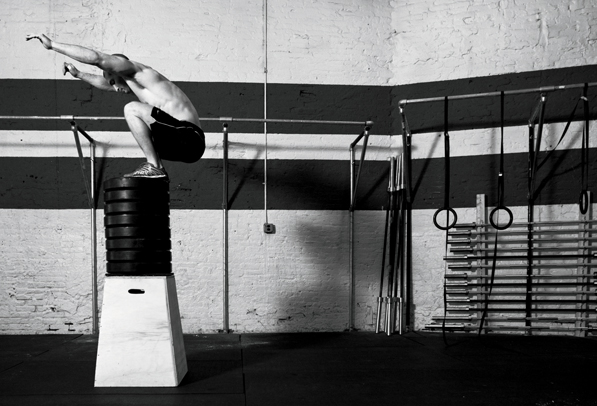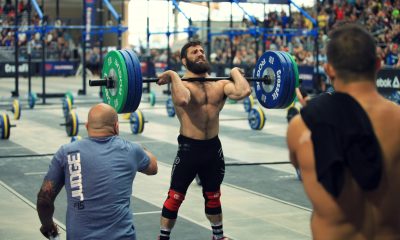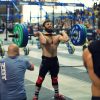Highlights
Get the Jump on Explosive Power. Physics and Newton’s Second Law
When looking for the best way to strength train athletes, go back to high school physics and recall that Power = force x velocity.
A critical velocity or power output is required to execute any skill. Depending on the movement, power production usually peaks at 3050% of maximum force or velocity.
To execute an athletic movement, an object must be rapidly moved through an acceleration path with peak force applied for a short time (typically about 0.10.2 second, whereas absolute max force development requires 0.60.8 second; Brief explosive force production is what separates the good athletes from the not so good ones.

Force = mass x acceleration Once the weight is determined, maximal force (relative to one’s strength capabilities) and motoneural activity are only generated with maximal acceleration. In fact, since most movements are essentially an act of defying gravity, the central issue becomes what’s being moved and how fast?
The operative concept in each case is speedstrength. Many believe that speed is independent of strength, when in fact velocity is the result of explosive force. That makes sense if you think about any sport skill in simple mechanical terms.Swing a bat, throw a football, or push off the ground while running or jumping—all are based on the same principle: get into a “power position” and then accelerate into action as explosively as possible. You can use the same criterion to gauge the usefulness of any training exercise. That’s why movements like Olympicstyle lifts, plyometrics, and medicine ball drills are so effective and why they deserve high priority in training.
Two important points
1. Rate of force production is as important and trainable as amplitude.
A basic goal of many athletic skills is to minimize the time required to execute them, which in turn dictates the amount of force that can be generated. Some believe that rate of force development is only relevant during ballistic movements, but not during basic weighttraining exercises (where the object is not released).
2. The intent to move explosively can be more important than actual velocity achieved.
Full volitional effort refers to a deliberate attempt to maximally accelerate the resistance, even if it’s too heavy to move rapidly. This yields the greatest neuromuscular excitation and adaptive response.
Any way you slice it, submaximal levels of force production and motoneural activation (exactly what occurs if the weight isn’t accelerated to the limits of one’s ability) don’t make sense as a means of training for explosive power.
Back to physics:
When you jump in the air, the moment your upward velocity hits 0 dictates the maximum height of your jump.To jump maximally, you drive into the ground as hard as you can. If you produce more force than gravity exerts, you begin to accelerate upwards, generating speed away from the ground. Once your legs are fully extended, you’ll no longer be able to exert force against the ground and upward acceleration will stop. But how do we jump higher? To jump higher, you need to exert more force into the ground during your jump to achieve a higher acceleration and thus a greater velocity upwards when you leave the ground. To generate more force, the key is to get stronger.
Steven Plisk, M.S.,C.S.C.S., is the director of sports conditioning at Yale University




















